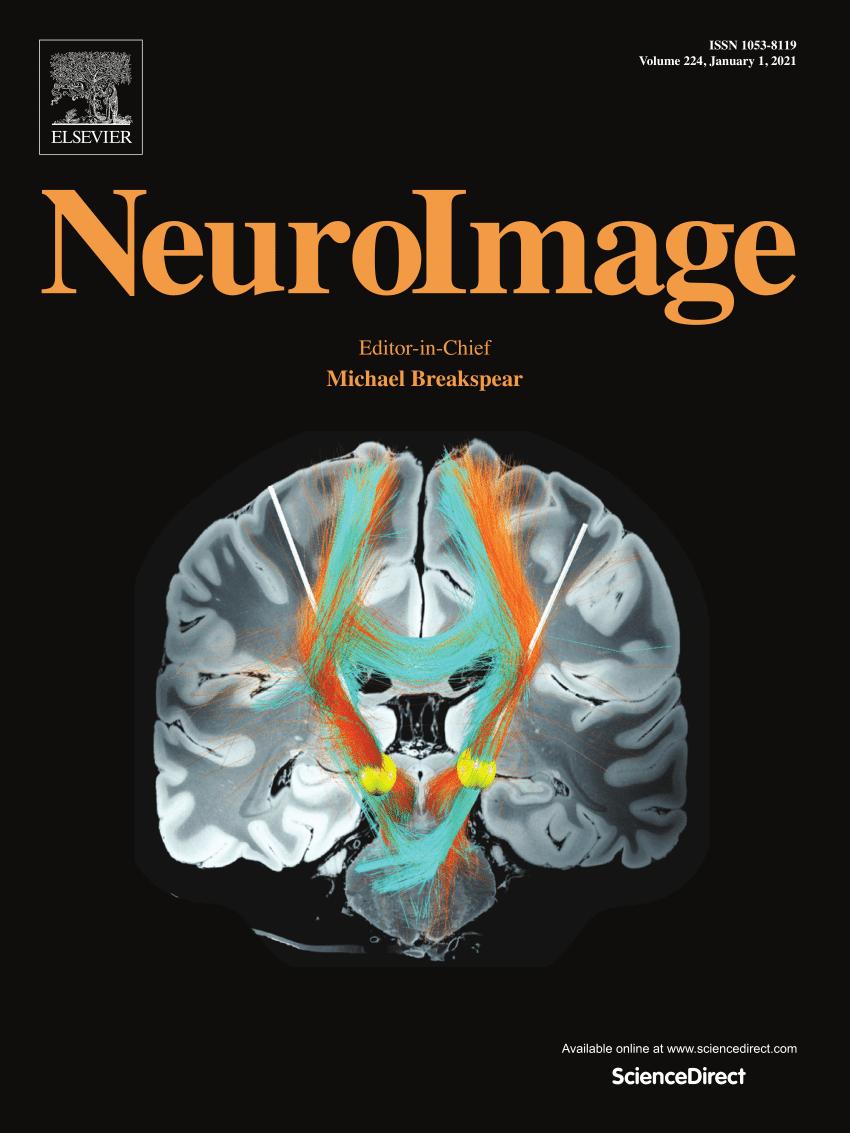急性重度缺氧伴暂时性认知障碍时脑氧代谢的区域差异。
IF 4.5
2区 医学
Q1 NEUROIMAGING
引用次数: 0
摘要
急性暴露于严重缺氧会损害认知能力,但这种暂时下降背后的综合脑机制尚不清楚。本研究探讨了急性缺氧时脑氧代谢的区域差异及其与认知障碍的关系。11名年轻健康的参与者(26.5±4.5岁)在两个阶段进行Go/No-Go任务,每个阶段包括3分钟的缺氧(FiO2 = 7.7%)。在一个疗程中使用pCASL MRI评估脑血流量(CBF),而在另一个疗程中获得血氧水平依赖(BOLD)信号。CBF (δCBF)和BOLD (δBOLD)的分数变化采用改进的Davis模型,并根据正常缺氧与急性和重度缺氧之间的生理差异进行调整,计算脑氧代谢率(δ cmoro2)的分数变化。群体水平的z归一化δ cmor2图谱显示出显著的区域异质性,与背侧和腹侧注意网络以及执行额顶叶网络相关的区域减少最为明显。这些区域显示出超过半球平均水平(-9.6±7.9%)的δ cmor2减少,并且在Go/No-Go任务中与增加的指令错误相关,反映出抑制控制和持续注意力受损。这项研究强调了缺氧情况下大脑对某些网络的适应性优先排序,为缺氧引起的认知障碍的生理机制提供了见解。这些发现增强了我们对急性缺氧如何影响脑功能的理解,强调了在缺氧期间维持认知表现的网络特异性适应的重要性。本文章由计算机程序翻译,如有差异,请以英文原文为准。
Regional variation in cerebral oxygen metabolism during acute severe hypoxia with temporary cognitive impairment
Acute exposure to severe hypoxia impairs cognitive performance, yet the integrated brain mechanisms underlying this temporary decline remain unclear. This study examined regional variations in cerebral oxygen metabolism during acute hypoxia and their relationship to cognitive impairment. Eleven young, healthy participants (26.5 ± 4.5 years old) performed the Go/No-Go task during two sessions, each of which includes three minutes of hypoxia (FiO2 = 7.7 %). Cerebral blood flow (CBF) was assessed using pCASL MRI in one session, while blood-oxygen-level-dependent (BOLD) signals were acquired in another. Fractional changes in CBF (δCBF) and BOLD (δBOLD) were combined using a modified Davis model, adjusted for physiological differences between normoxia and acute and severe hypoxia, to calculate the fractional change in cerebral metabolic rate of oxygen (δCMRO2). Group-level z-normalized δCMRO2 maps revealed significant regional heterogeneity, with most pronounced reductions in areas associated with the dorsal and ventral attention networks and executive frontoparietal networks. These regions exhibited δCMRO2 reductions exceeding the hemispheric average (-9.6 ± 7.9 %) and were associated with increased commission errors during the Go/No-Go task, reflecting impaired inhibitory control and sustained attention. This study highlights the brain's adaptive prioritization of certain networks under oxygen deprivation, providing insights into the physiological mechanisms underlying hypoxia-induced cognitive impairments. These findings enhance our understanding of how acute hypoxia affects brain function, emphasizing the importance of network-specific adaptations in maintaining cognitive performance during oxygen deprivation.
求助全文
通过发布文献求助,成功后即可免费获取论文全文。
去求助
来源期刊

NeuroImage
医学-核医学
CiteScore
11.30
自引率
10.50%
发文量
809
审稿时长
63 days
期刊介绍:
NeuroImage, a Journal of Brain Function provides a vehicle for communicating important advances in acquiring, analyzing, and modelling neuroimaging data and in applying these techniques to the study of structure-function and brain-behavior relationships. Though the emphasis is on the macroscopic level of human brain organization, meso-and microscopic neuroimaging across all species will be considered if informative for understanding the aforementioned relationships.
 求助内容:
求助内容: 应助结果提醒方式:
应助结果提醒方式:


